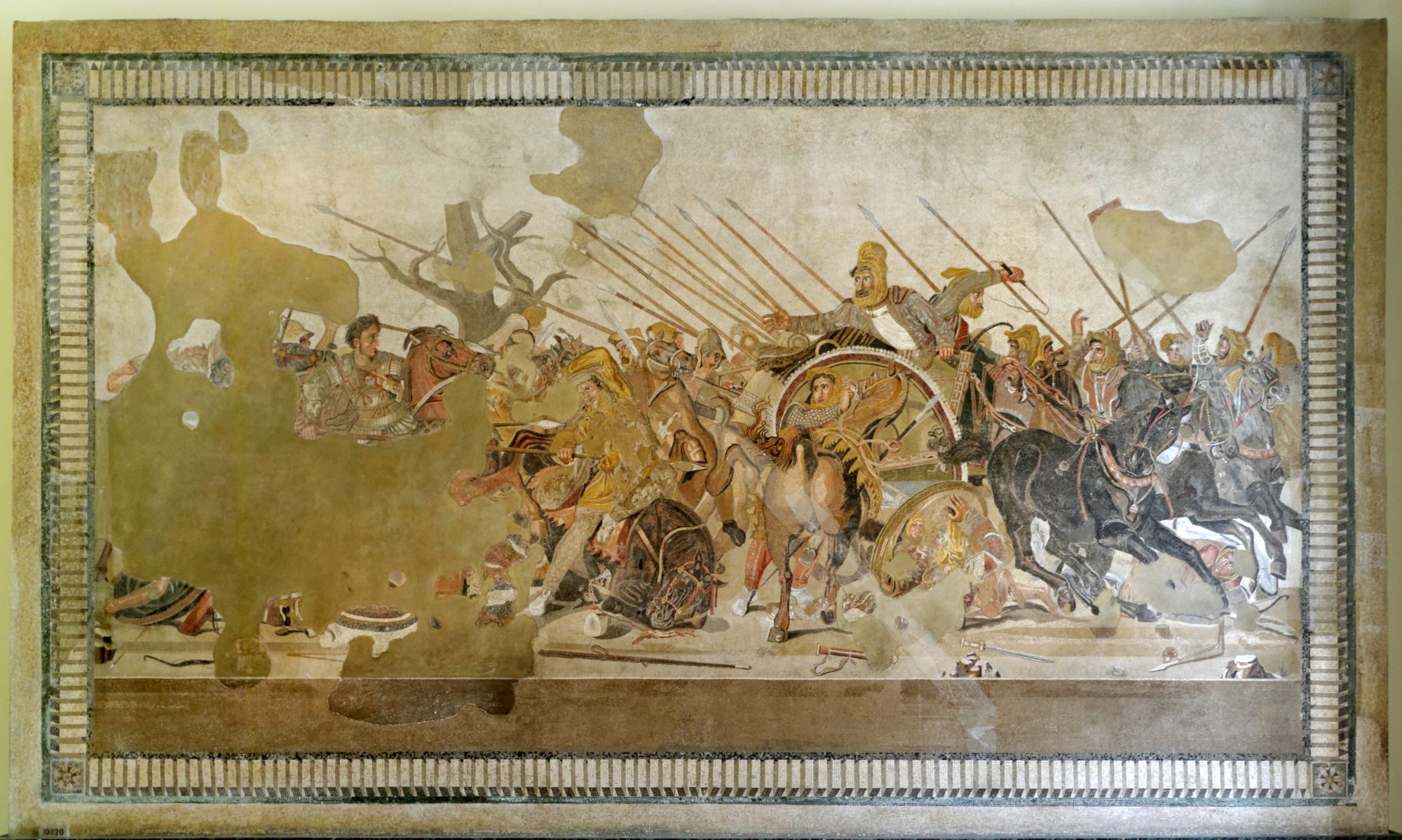Paperback: 96 pages
Publisher: Amberley Publishing (15 May 2015)
Language: English
ISBN-10: 1445646668
ISBN-13: 978-1445646664
http://www.amazon.co.uk/An-Illustrated-Introduction-Battle-Waterloo/dp/1445646668
It’s probably fair to say that not everyone wants to read a full 300 odd pages about the Battle of Waterloo. Instead some people might just wish something to let them decide wether they want to dig deeper.
Given the large libraries of books dedicated to the battle, short books on the subject aren’t all that easy to find, less still ones that are worth reading. Happily this one is.
Mark Simner has written a very nice, compact illustrated introduction to the battle, which will tell you all you might wish to know in a manageable space and without drowning the reader in weighty facts. The images are nicely chosen, with some that even experienced Waterloo enthusiasts might not have seen before. Especially one depicting the attack on Hougoumont.
Despite the limited space, the author is experienced with fitting in the right details into a clear narrative of events.
Much Like in Adkin’s Waterloo Companion, interspersed into the main course of the book are text blocks that illustrate certain parts of the story. There is a feel of trying to create a small companion to the battle, which indeed it would serve well as, even for those who just wish a quick reference. There is included a short guide to further reading and interesting websites at the end, and at the beginning there is an interesting introduction within an introduction, outlining the battle in 10 minutes. Much of the first 3 chapters or so concentrate of Napoleon, the French Revolution, and the Napoleonic Wars. I notice that both the careers of the allied commanders are represented by one of the text blocks, thus Napoleon appears much more formed to the mind of a reader than his enemies, but this is likely because the French Emperor is the crux of the matter for a book as small as this.
The rest of the book follows a traditional summary of the battle, IE it breaks it into phases, the lead in to the battle is briefly covered, Ligny, Quatre Bras and Wavre are mentioned as bookends and in my opinion it is a very nice piece of work.
As a military history that covers many sides of the story I should think it perfect for a traveller to pop into a rucksack or haversack along with Andrew Roberts’ slim campaign overview, and Andrew Forrest’s fine analysis of the legacy of the battle for Oxford. All in all there is much to recommend this book for newcomer and veteran alike and will be a fine companion for anyone interested in the battle.
Josh.



You must be logged in to post a comment.